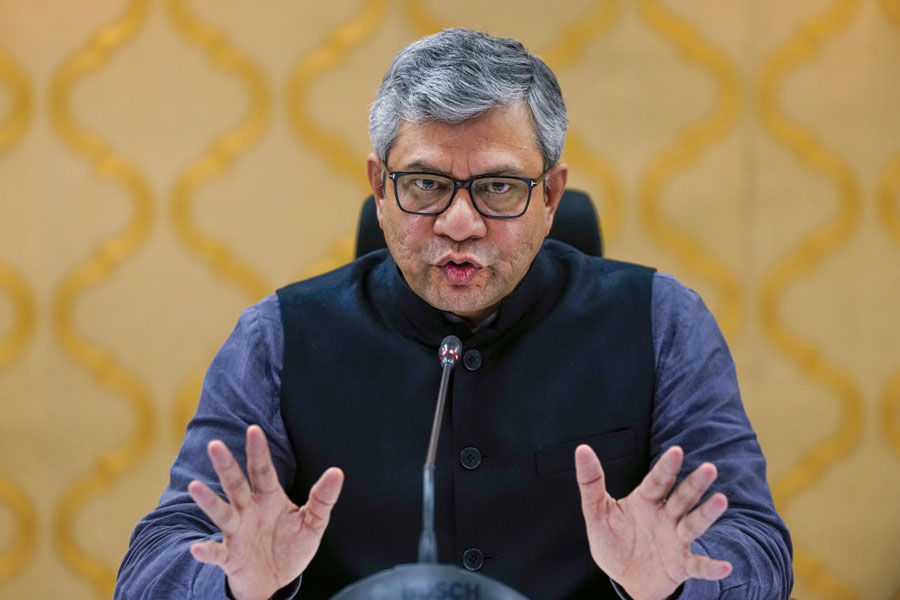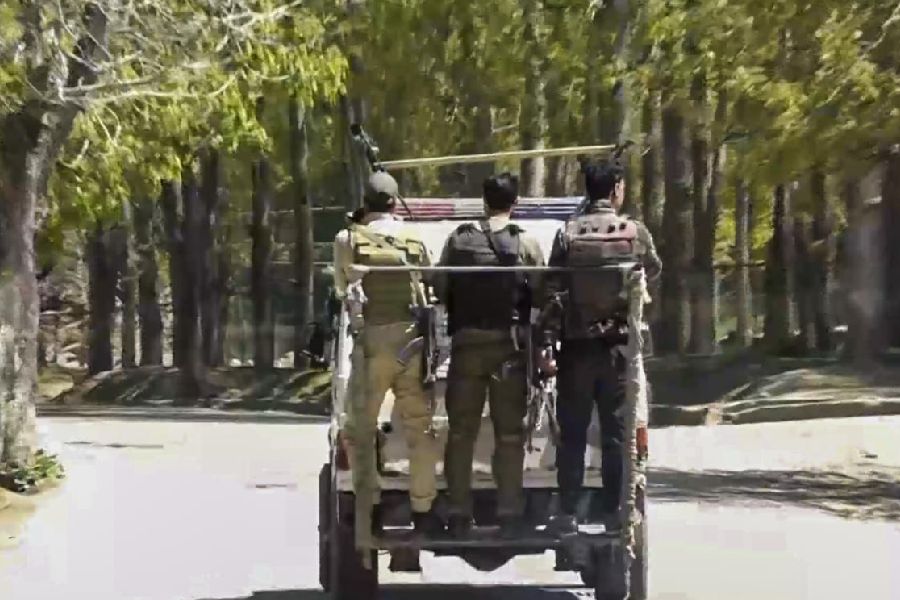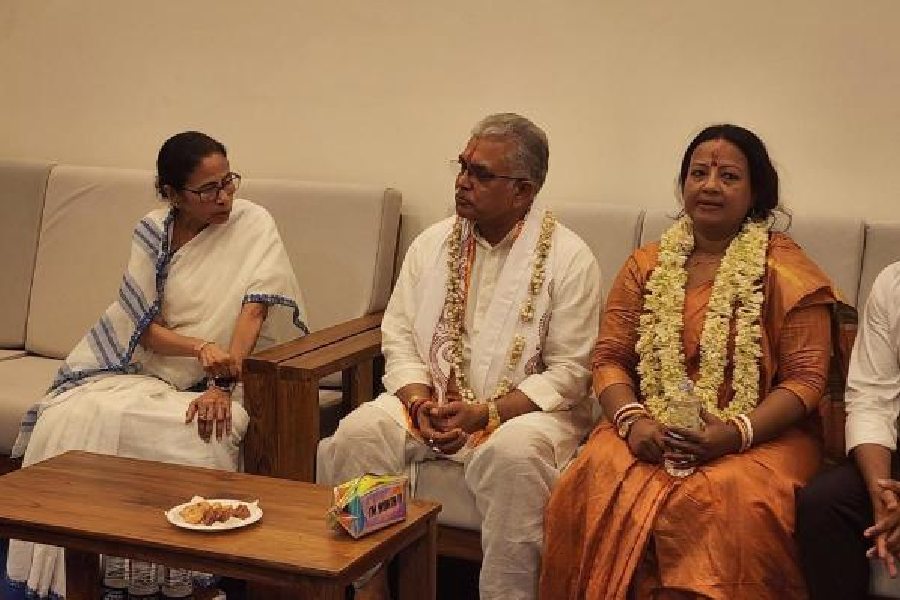 |
| Gauhati High Court |
Guwahati, Feb. 18: Gauhati High Court will review the progress made by lower courts in Assam in implementing its action plan for reducing backlog of cases pending since five years or more.
An official source said the high court by a notification issued on February 15 had convened a meeting on February 23 to evaluate the achievements made by the subordinate courts in the state in implementing the action plan. The court had introduced the plan in 2011 and issued orders from time to time, suggesting measures for its implementation.
The lower courts have been asked to furnish their statements of pendency of cases as on January 31, 2014 before the review meeting.
“A monitoring committee constituted by the high court regarding implementation of the action plan will examine the pendency statements and explore ways and means for reducing it,” the source said.
The high court had taken the initiative to reduce the pendency of cases after the Supreme Court exhorted all high courts in the country to take up cases pending in courts for five or more years on a priority basis to bring down the pendency of such cases to zero.
According to official records, 2,53,428 cases were pending in the lower courts in the state on December 31, 2012, marginally down from 2,59,596 on January 1, 2012. The percentage of disposal of cases in the subordinate courts was 48.6 per cent in 2012.
The source cited vacancies for judicial officers, shortage of public prosecutors and lack of infrastructure in subordinate courts as some of the reasons for the backlog.
The action plan asks the judges of the district and sessions courts to give priority to holding day-to-day trial of cases pending for five or more years and try not to adjourn hearing of such cases for more than 15 days.
An order passed by Chief Justice Adarsh Kumar Goel and Justice A.K. Goswami in August last year asked the state government to ensure that investigating officers were at least graduates and adequately trained and that sufficient number of prosecutors were recruited.
The state government was also directed to constitute an agency to serve summons in criminal cases in places where there is high pendency of the same.
The high court had also issued an order, asking district and sessions court judges to expeditiously dispose of cases of undertrial prisoners who had been in custody for more than two years. It also instructed judicial magistrates to quickly dispose of cases of undertrials who had been in custody for over six months.










